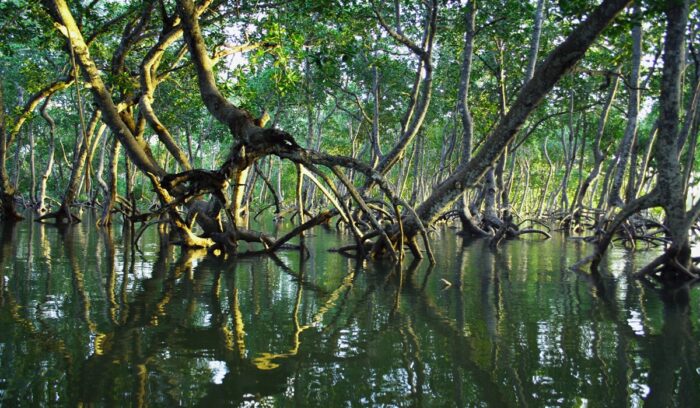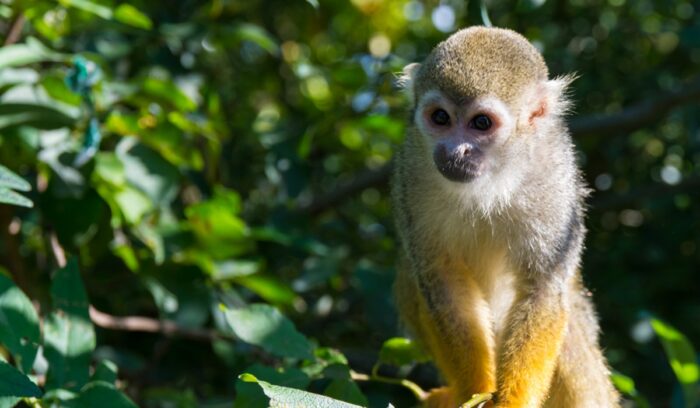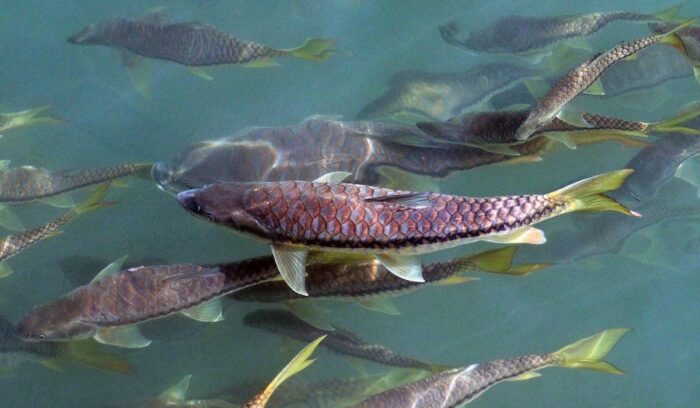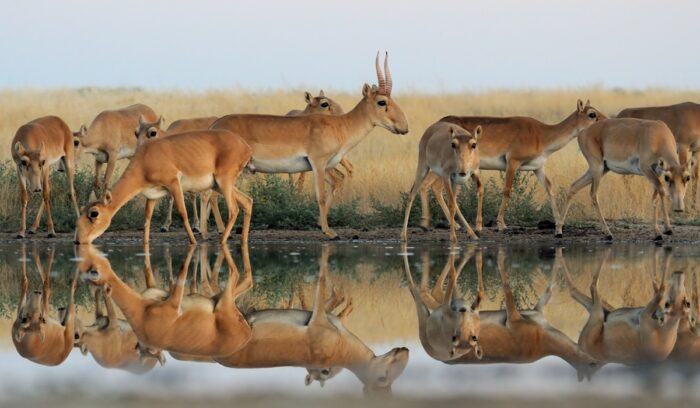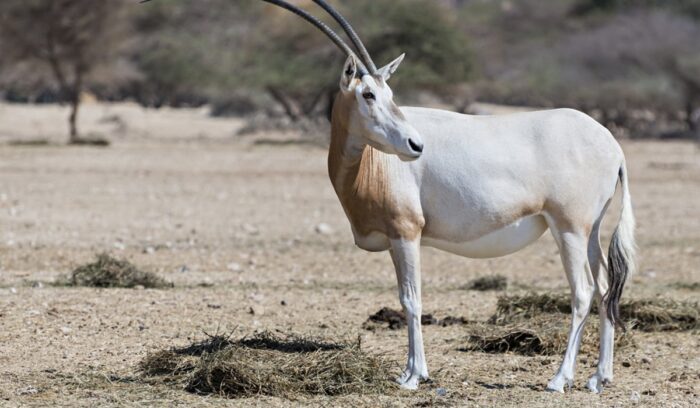Pakistan has expanded mangroves nearly threefold between 1986 and 2020
Around the world, mangrove forests have undergone a decades-long decline that’s just now slowing to a halt. But Pakistan bucks this trend. The country’s mangroves expanded from 48,331 hectares in 1986 to 143,930 hectares in 2020, according to a 2022 analysis of satellite data. Many in Pakistan are looking to mangroves to bolster precious fish stocks and defend against the mounting effects of climate change.

